For those filaments that are not suitable for AMS, it would be advisable to dry them correctly at first (Dry Filament Guide), and then place them in sealed boxes with rollers. Please add enough effective desiccant in the box to protect the filaments. Lastly, please ensure that the box is tightly locked to prevent the filaments from absorbing water and getting damp during printing.
The purpose of the roller is to reduce the resistance of the filament loading, so as to avoid the abnormal loading of TPU and other filaments due to the excessive resistance of the load (the filaments themselves are too soft or the resistance of the rotation of the spool is too large). Please find the STL file, pictures of the rollers, and the way to load the filaments below:
STL file of the roller:
The picture of the roller:
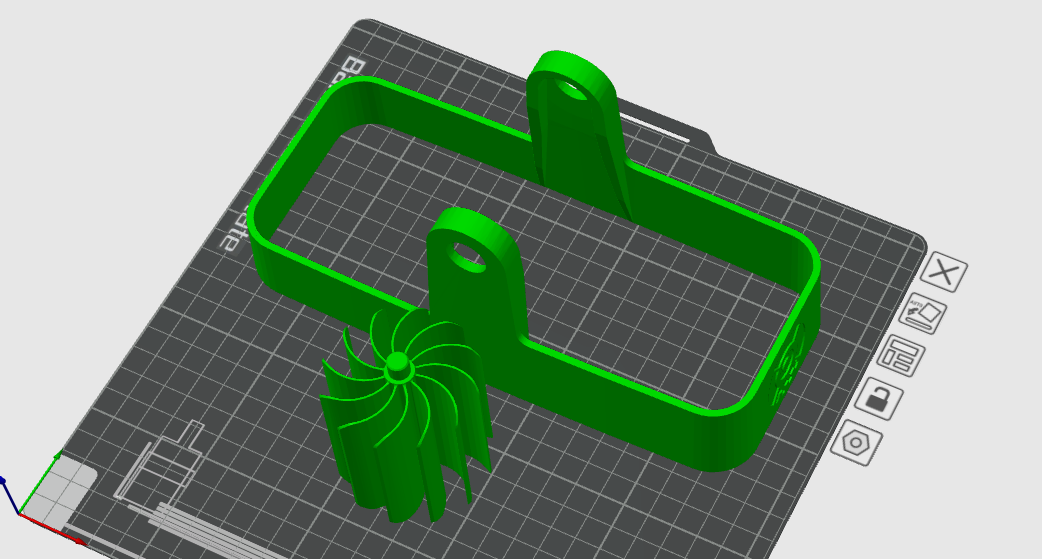
The picture of a 4L Sealed Box:
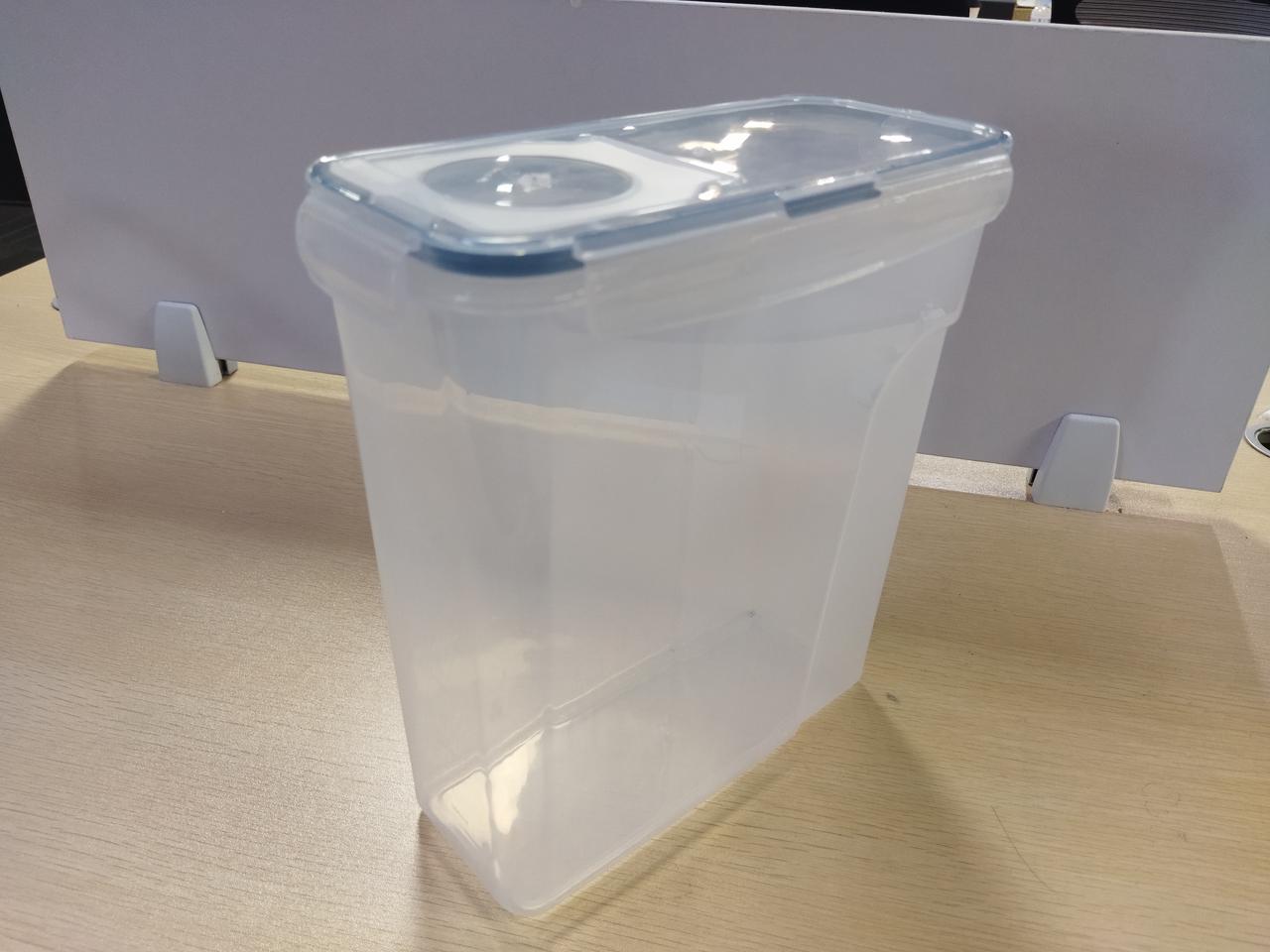
Picture of the filament (Bambu TPU 95A is used here as an example) after assembling:
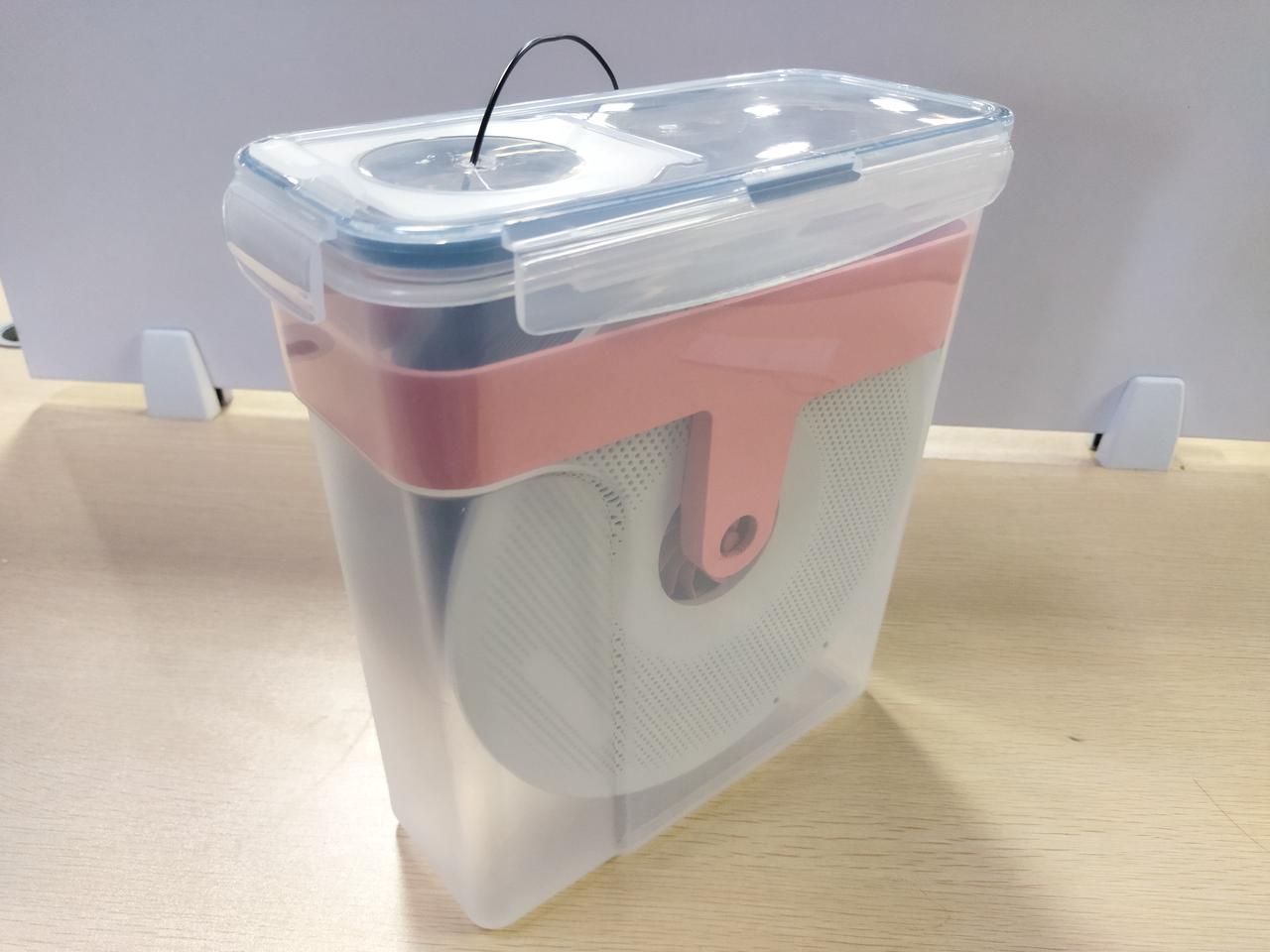
For filaments that are prone to absorbing more water and getting damp more easily and fastly (such as PA, PA-CF, PAHT-CF, PA6-CF, PA12-CF, etc.), a thermo-hygrometer can be added to monitor the humidity in the sealed box, and it is generally preferable to have a humidity value of less than 20% RH.
The relative humidity of indoor open air is usually 45% to 65% RH, and it will be higher in moisture weather. Most of the filaments usually have to be kept dry for a period of time under an environment of less than 20% RH, and the lower the humidity, the longer the time of keeping dry. In a dry environment of 20% RH, the time that various filaments with different water-absorbing capacities remain dry is about 2 to 7 days. In a normal indoor environment of about 55% RH, the newly dried filaments with different water-absorbing capacities will become damp to the level of reducing print quality within 2 to 12 hours.
Regular indoor environment relative humidity (RH):
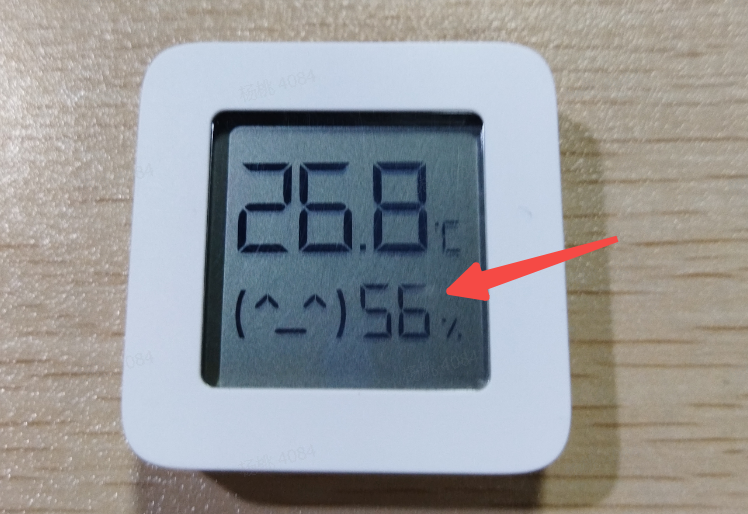
Protect the filament with a sufficient amount of effective desiccant (Bambu PA6-CF filament is used here as an example):
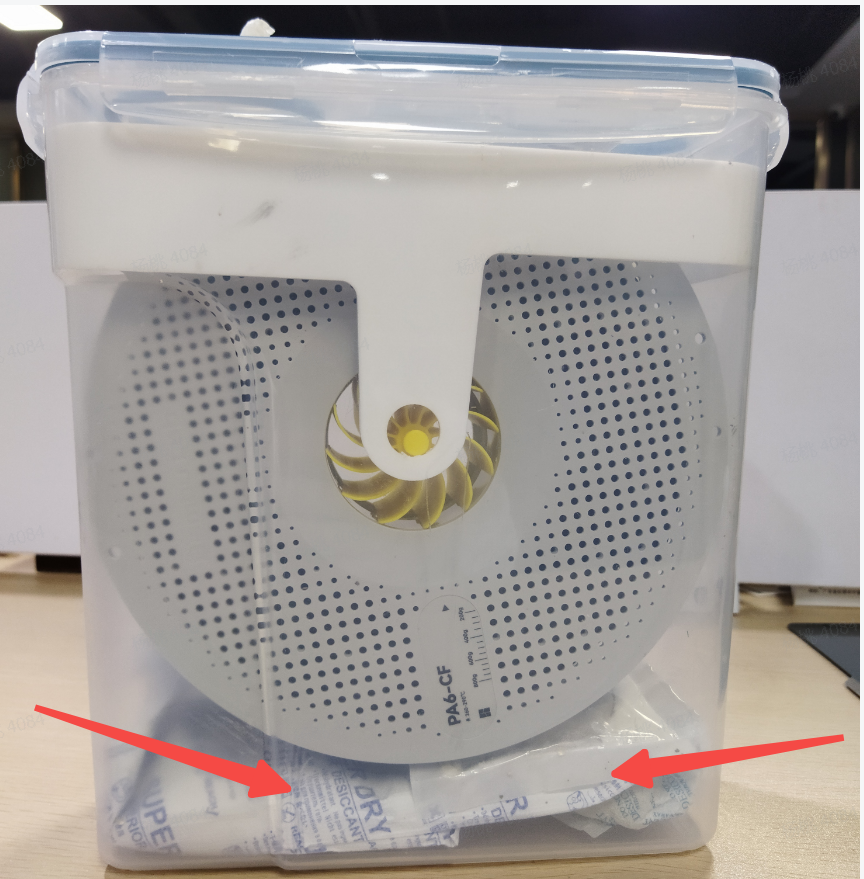
Monitor the humidity in the sealed box with a thermo-hygrometer (Bambu PA6-CF filament is used here as an example):
